How to have a zero-waste picnic in seven easy steps
A few weeks ago, I joined my colleagues at GreenStep Solutions for a zero-waste picnic in the park. It was delightful and there was virtually no waste! The key? Plan, plan, plan.
Before I talk about zero-waste picnics, I’d like to talk about GreenStep. I haven’t written much about the company on my blog but it’s been a big part of my life for the last four years.
The early days of being an American in Canada
When I first moved to Canada in 2016, I was able to work under work permits only. (This in and of itself was a fascinating and frustrating process that one day I might write about…I will never take birthright citizenship for granted again!) In quick succession, shortly after relocating, I was lucky to connect with two incredible companies, who trusted me enough with freelance projects and supported me in the work permit process. One was the Fresh Outlook Foundation, spearheaded by Joanne de Vries and my first boss in Canada! This deserves its own post because I had so many wonderful experiences and met a lot of incredible people through my time with Joanne. I still do some freelance work for her when she needs help, and I love it!
The other of those companies was GreenStep Solutions, a sustainability consulting company. I started freelancing for them in 2018, which led to a work permit and eventual employment! GreenStep also helped me with my Canadian permanent residency application, so I have a lot of gratitude for this company.
My role with GreenStep (while part-part-part-time now) is to support waste-related consulting projects through research and report writing. I feel really grateful to be able to do this kind of meaningful work and be in the company of awesome people at the same time. And, I love that they organize things like zero-waste picnics! I think more businesses should (and can) do the same.
So let’s get to it: what’s the deal with zero-waste picnics and why aren’t we having more of them?
Why have a zero-waste picnic?
Beyond a feel-good move, zero-waste picnics have the potential to actually shift behaviour! Lots of learning happens in the process of planning one and after a successful mission, it’s easier to replicate again and again. Plus, picnics in general are a great way to get people together in a casual setting. By hosting a zero-waste picnic, you’re signalling to employees that making less waste is a core value you care about.
And, it’s just plain fun!
But why does zero-waste feel hard?
Sometimes, “zero-waste” can feel so…difficult. (Especially when it comes to something like a picnic that usually requires a lot of planning.) And, it kind of is, but only because our systems aren’t set up to support it. Right now, we have linear systems that make making waste really easy. For example, it’s easier to…
- take a disposable fork (rather than thinking ahead before you leave the house to grab a fork out of your kitchen or office drawer)
- opt for take-out in unsustainable packaging (rather than scrounging up a bowl or Tupperware or Pyrex from your pantry or office cupboards)
This, if you think about it, is completely and utterly ridiculous.
But I won’t belabour this point. The fact is, here we are and we want to change (right??). I’m here to say that zero-waste or low-waste doesn’t have to feel difficult! Actually, when done right, it feels easy and empowering.
The steps below might sound totally pedantic and probably I don’t even need to mention them. But when I really sat down to think about why this picnic was so great, I realized there was a process, and some steps involved. You can take what works for you and leave the rest!
So without further ado, here are seven steps to get you towards a zero-waste picnic.
One: prepare!
Preparation is KEY to successful zero-waste missions! Usually, this means adding a task to your morning (or night-before) to-do list and slowing down. If you’re one of those folks who is perpetually running late or rushing through life, it’s hard to be intentional at the same time. Set yourself up for success!
So, how do you prepare? Well, zero-waste means just that – no waste. Think about what you’ll need to eat your food out of and with: vessels and utensils! If you have a lovely Pyrex, great. If you have a cute metal container with catfish (was supposed to say cactus, but I’m gonna leave the autocorrect 😂) or cats on it, that’s awesome, too. If it’s a less-than-sexy but still clean Tupperware, all the better!
As for utensils, this can be anything you love to eat with. Maybe it’s a set of chopsticks, or a spork, or a regular fork. You’ll also want a reusable napkin or some kind of something to wipe your face with after you’ve finished noshing. A reusable bottle full of water or another beverage will round out your kit and you are ready to eat!
Two: communicate
It’s important to ask questions when considering zero waste takeout. There’s nothing worse (and will ruin your lunch date quickly) than waltzing into a restaurant to grab your food, politely offering up your clean and sanitized Pyrex container, just to be told that “Sorry, we can’t refill outside containers, it’s just company policy!” Be sure to check in with the biz beforehand to make sure you’re in the clear.
Three: find your location
Ideally, situate your picnic in an outdoor setting, somewhere where you’ll be inspired to not leave any waste behind. We chose a public park on the waterfront in downtown Kelowna. Sitting right next to the water was a reminder that, if left to its own devices, waste would likely end up in that water and pollute it.
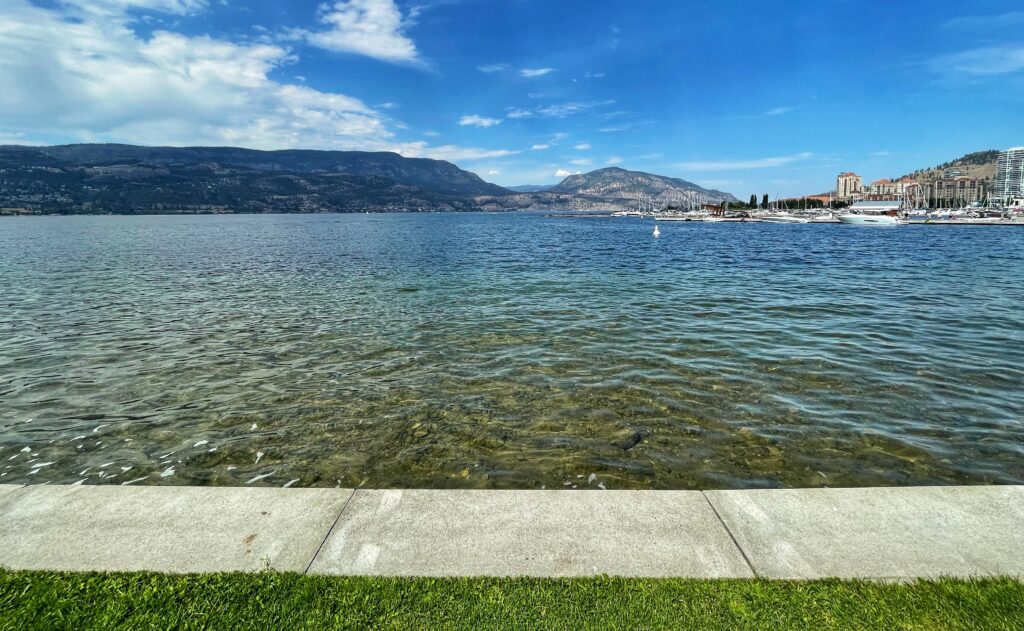
Four: choose your mode of transport
This has less to do with material waste and more to do with wasted emissions. For most of the GreenStep staff, walking was a no-brainer. Our zero-waste picnic spot was steps from the GreenStep home base. But others (like me and a few of my remote colleagues) were further afield and had to seek alternate means of transport. Driving a car is the obvious choice but by no means the only option. There’s also public transit, carpooling, or biking. In Kelowna, our public transit system is…ok, if you live along a major route. I don’t happen to live near a major route so the bus takes me twice as long as the same trip in a car. No joke! For this picnic, I opted to bike.
Five: gather a group of awesome, earth-loving humans
This one was easy! My teammates at GreenStep are all awesome, earth-loving humans. That’s why we’re working for the company in the first place. We’re all passionate about leaving things better than we found them and saving the world. We strive to live our values in real life (or, IRL as the kids say these days) and having a zero-waste picnic is one way to demonstrate that.
Six: identify menu items
Depending on what businesses will allow you to Bring-Your-Own-Container (BYOC) will dictate what you eat. But generally, for us at GreenStep, we opt for food that’s low-er impact and makes us feel good so we can keep our energy up for saving the world. As you can see, for our picnic we went with sushi and poke bowls*!
Angela was even able to stack several appies, layered with parchment paper in one, large Pyrex container.
*Yes, we live in Kelowna and yes, that means the fish is not exactly “local.” We’re doing our best! One of the projects GreenStep regularly engages in is life cycle assessments so probably, we could figure out the difference in impact from a CAFO cheeseburger vs. farmed or wild fish vs. any number of other lunch dishes. Maybe one day, we’ll do that.
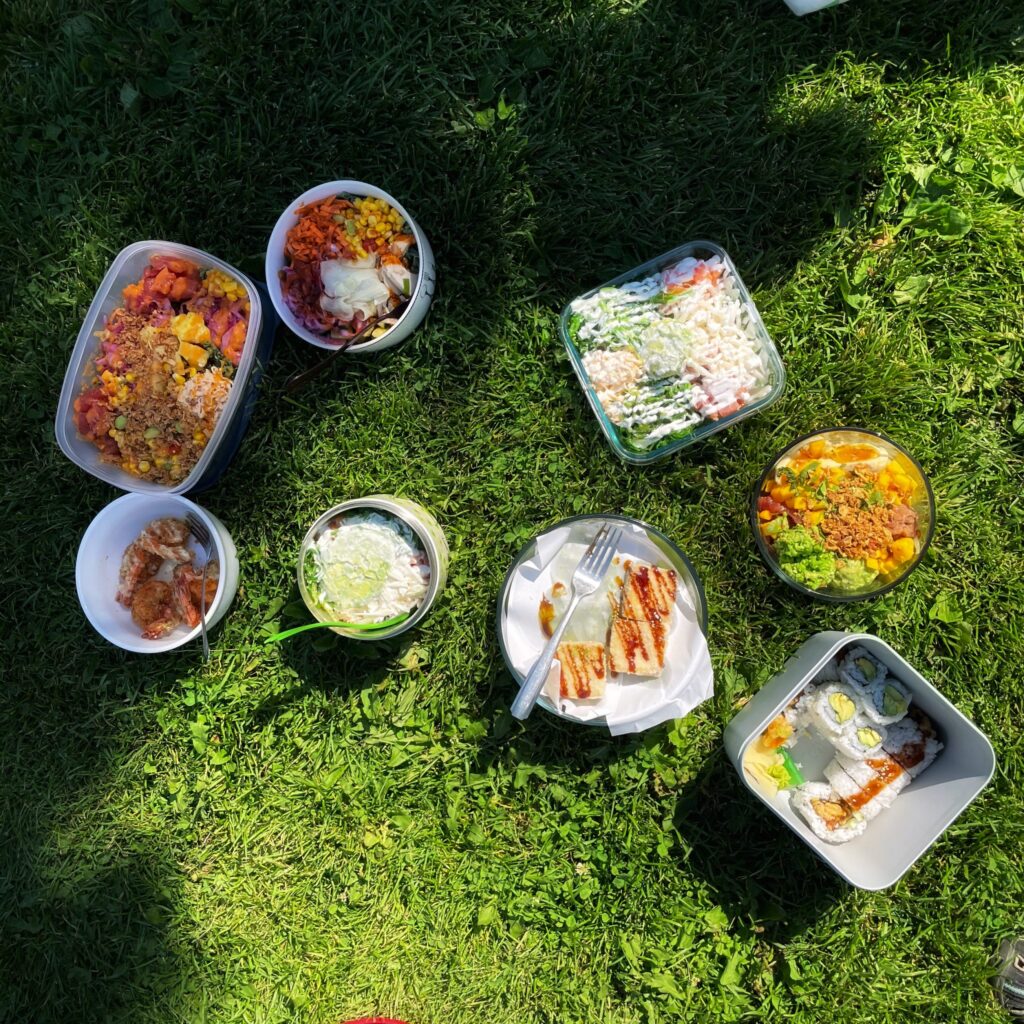
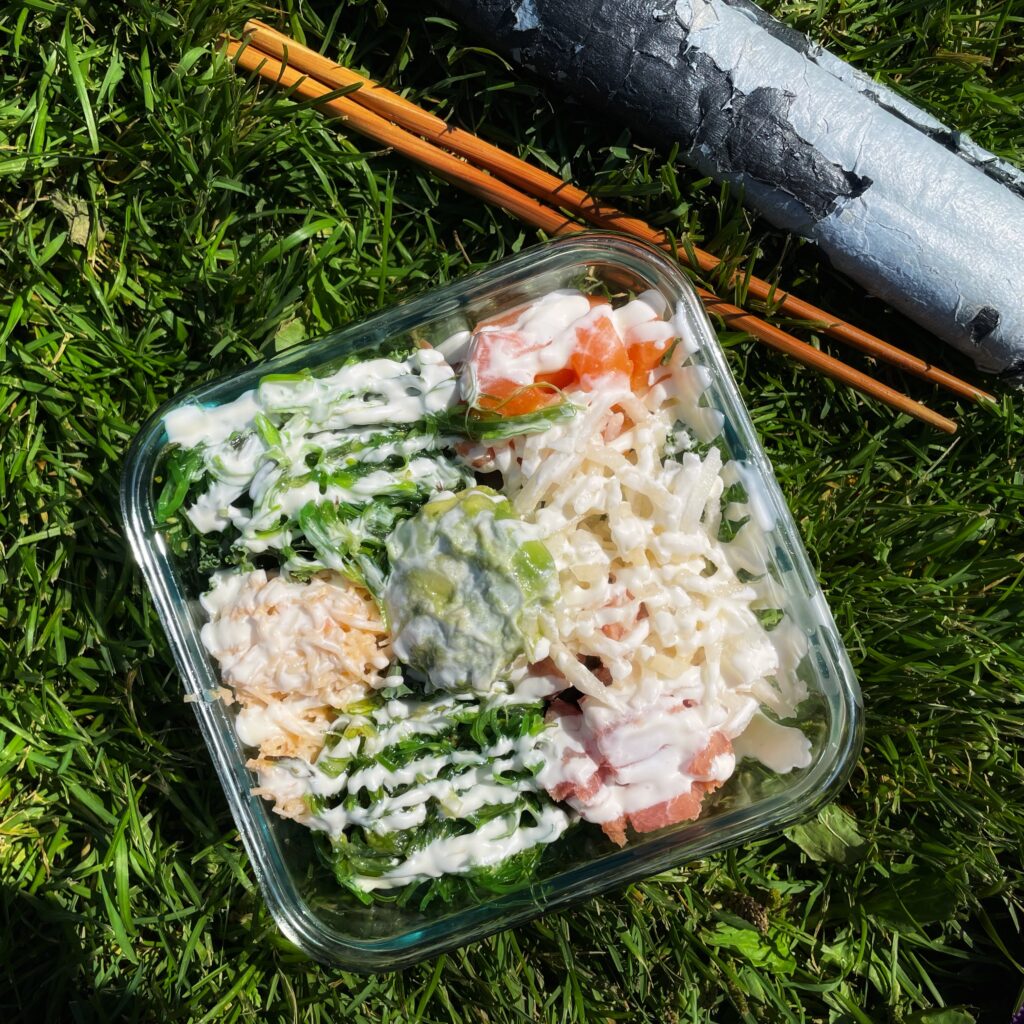
Seven: enjoy!
You made it! You’ve landed on your picnic blanket, surrounded by good humans, talking about how to save the planet and cheering each other on. Plus, you have a reusable container full of tasty food in your lap. Is there anything better? During our picnic, the conversation ranged from work topics like single-use plastics and sustainable tourism to other things like the merits of longer SUP boards, hiking mountains, and gardening.
What do you think? Would you host or attend a zero-waste picnic? If you’ve been to one, what was your experience?

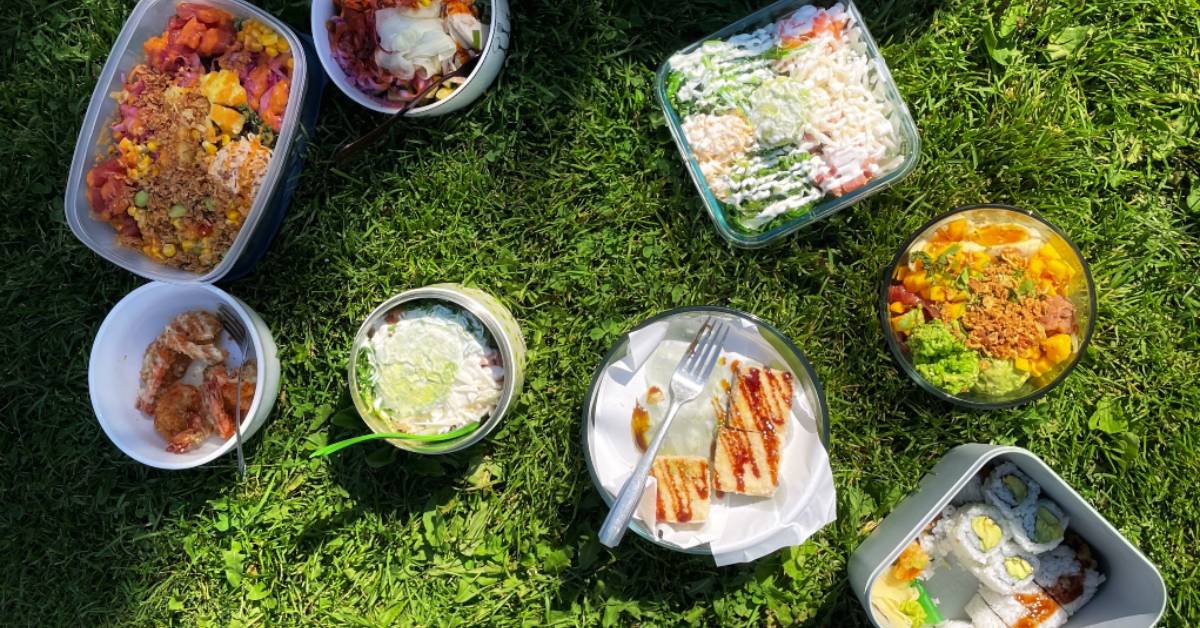
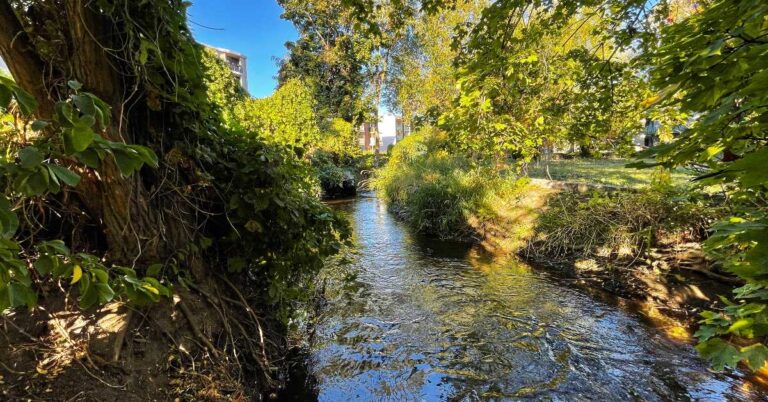
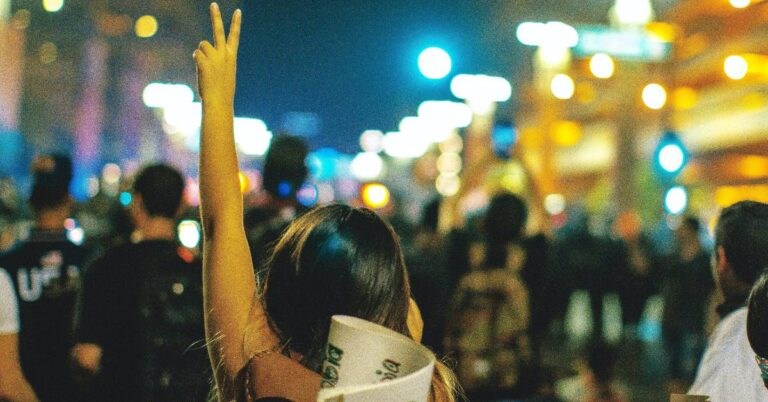
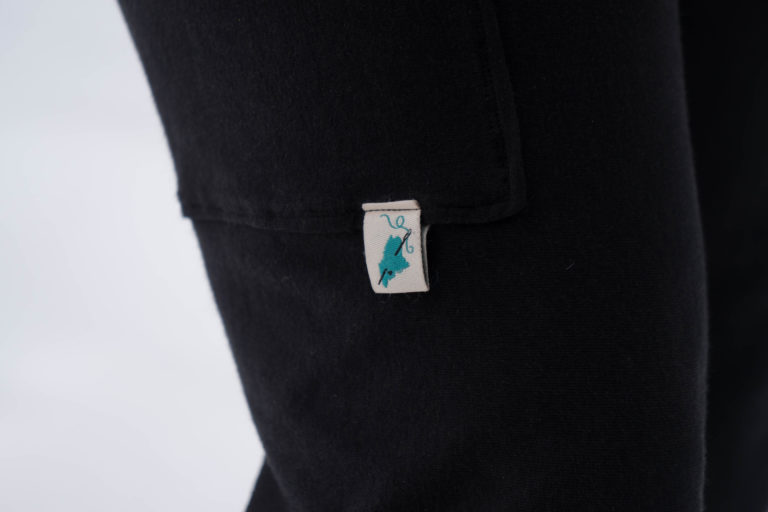
I love this!! Good for you guys and awesome job writing out the steps so the rest of us can easily replicate this fantastic idea! It’s so simple but often we just aren’t thinking when we add waste unnecessarily.